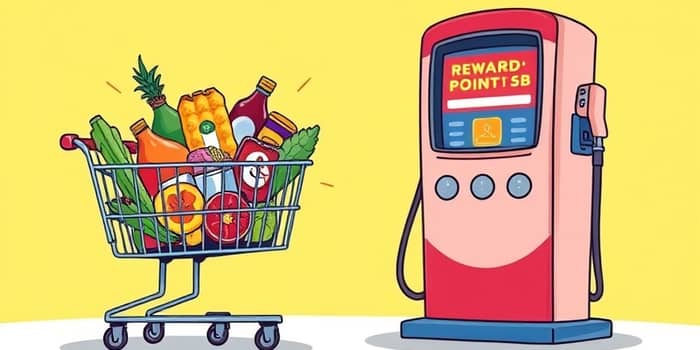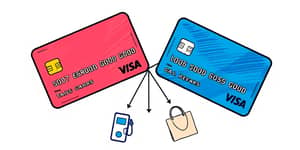
Every dollar you spend on groceries and gas can transform into valuable rewards—if you know how to tap into category bonuses effectively. By understanding the mechanics, choosing the right cards, and implementing practical strategies, you can supercharge your point-earning potential and make routine expenses pay you back.
Bonus-category credit cards feature elevated rewards in set categories like groceries, gas, or dining, while purchases outside these areas earn a standard base rate (often 1%). There are two primary types:
Fixed Category Cards deliver consistent rewards year-round in predetermined categories such as supermarkets and gas stations. For example, some cards offer up to 6% cash back at U.S.supermarkets.
Rotating Category Cards provide bonus rates that shift quarterly—think groceries one quarter and streaming services the next. You typically must activate your bonus each quarter to qualify.
Knowing the leading card options helps you match spending habits to reward structures. Below is a comparison of popular choices:
For rotating cards like the Chase Freedom Flex℠, categories often include groceries, gas stations, restaurants, and digital wallets. Discovering which categories align with your spending and staying organized around activations are essential.
While the upside of category bonuses is substantial, potential downsides warrant attention. Most bonus categories enforce spending caps—once you hit the limit, earnings revert to the base rate. Additionally, not all retailers coded as "grocery" or "gas station" qualify; some warehouse clubs and superstores may be excluded.
Managing multiple activation requirements and monitoring quarterly changes can become overwhelming. Without careful tracking, you risk beyond the base rate limit and missing out on the higher bonus.
Credit card stacking—using multiple cards to maximize rewards—is a powerful tactic. One popular approach is the “Chase Trifecta,” which typically includes three cards within the Chase ecosystem to unlock high earning rates on groceries, travel, and daily purchases.
By pairing a high bonus grocery card with a travel rewards card and a flat-rate cashback card, you can achieve an effective rewards rate that sometimes exceeds 15% in certain redemption scenarios. Remember to factor in annual fees and redemption values to ensure a net benefit.
Some loyalty programs, such as Rakuten in Japan or airline and hotel reward systems, allow points to be earned across a broad merchant network. By aligning category bonus cards with these ecosystems, you gain extra flexibility in how you redeem points—whether flying internationally or redeeming cash back on everyday essentials.
For instance, you might use a bonus card for grocery shopping, transfer points into an airline program for summer travel, and then use bonus points for gift cards or statement credits. This ecosystem approach amplifies value and keeps your rewards strategy dynamic.
While chasing category bonuses can be thrilling and lucrative, maintaining control over spending is critical. Always pay off balances in full to avoid interest charges that can quickly erase rewards gains. Develop a household budget that allocates funds for groceries, fuel, and discretionary categories, ensuring you live within or below your means.
By coupling responsible credit use and budgeting with an informed card strategy, you protect your credit health while reaping maximum benefits from routine purchases.
Harnessing bonus-category credit cards is like discovering hidden treasure in your daily routine. With meticulous tracking and regular activations, selecting the optimal cards, and mastering stacking strategies, you can transform grocery runs and fuel stops into a powerful rewards engine.
Start today by reviewing your current spending patterns, selecting a card that matches your priorities, and setting up reminders for quarterly activations. Before long, you’ll find that these small, strategic steps combine to deliver substantial value—turning everyday expenses into a rewarding journey toward financial empowerment.
References













